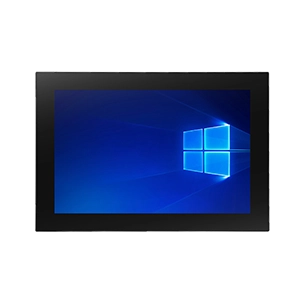UWB Technology: Revolutionizing Precision Tracking and Wireless Communication
Ultra-Wideband (UWB) technology is revolutionizing industries by delivering centimeter-level positioning accuracy, secure short-range communication, and ultra-fast data transmission. Unlike Bluetooth, Wi-Fi, or GPS, UWB operates over a broad frequency spectrum with minimal power consumption and high resistance to interference. This makes it an ideal solution for industrial automation, logistics, healthcare, and smart devices.
In this blog, we will explore how UWB works, its advantages over other wireless technologies, and its real-world applications in tablets, panel PCs, and IoT systems.
-
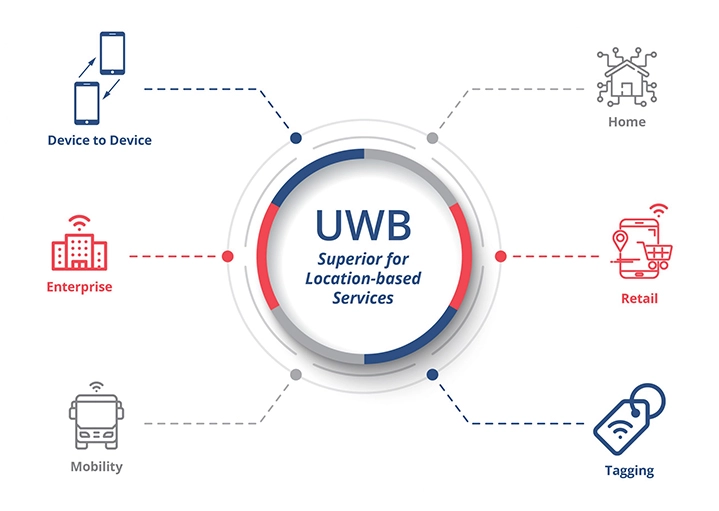 What is UWB Technology and How Does It Work?
What is UWB Technology and How Does It Work?Ultra-Wideband (UWB) is a wireless communication protocol that transmits data in short, low-power pulses across a wide frequency range (3.1 GHz to 10.6 GHz). Unlike conventional wireless technologies that rely on continuous signals, UWB measures the Time of Flight (ToF) between the transmitter and receiver to calculate precise distances in real-time. This enables highly accurate real-time location systems (RTLS), making UWB invaluable for tracking assets, monitoring people, and enabling secure authentication.
Compared to GPS, Bluetooth, and Wi-Fi, UWB stands out with its superior accuracy, security, and resistance to interference. It is especially useful in environments where precise indoor tracking, contactless authentication, and high-speed wireless communication are required. -
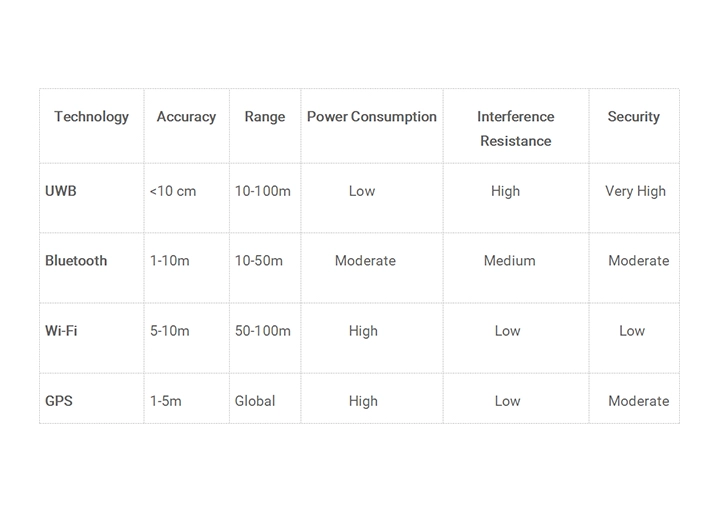 Why UWB is Superior to Other Wireless Technologies
Why UWB is Superior to Other Wireless TechnologiesUWB’s ability to provide precise location tracking, minimal interference, and enhanced security makes it ideal for demanding industrial and medical environments.
-
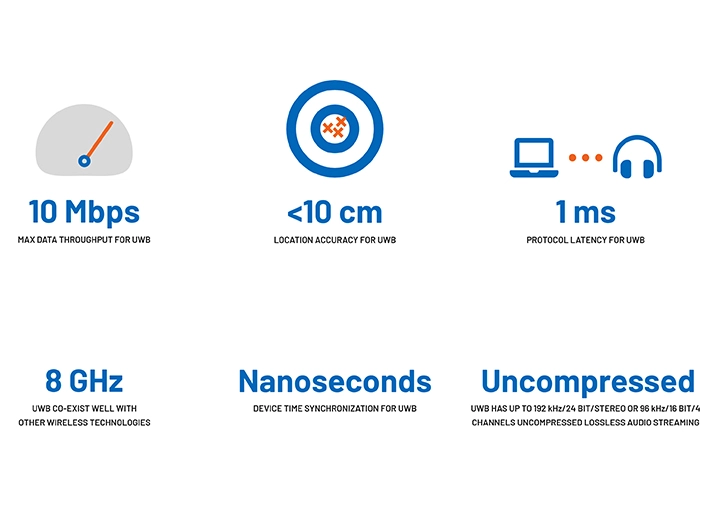 Key Advantages of UWB
Key Advantages of UWBUltra-Precise Positioning – Centimeter-level accuracy for tracking and navigation.
Low Power Consumption – Ideal for battery-powered IoT devices.
High Security – Resistant to signal spoofing and hacking.
Minimal Interference – Operates on a wide frequency band, reducing congestion.
Fast Data Transfer – Ideal for real-time data exchange in industrial and medical environments.

Applications of UWB in Industrial and Medical Devices
-
 01Industrial Asset Tracking & Automation
01Industrial Asset Tracking & AutomationUWB technology is widely used in manufacturing plants, warehouses, and logistics centers for real-time tracking of equipment, tools, and personnel. By embedding UWB in rugged tablets and industrial panel PCs, companies can:
Improve warehouse management by tracking inventory with pinpoint accuracy.
Automate industrial robots and AGVs (Automated Guided Vehicles) for optimized workflows.
Enhance worker safety with real-time collision avoidance alerts. -
 02Secure Access Control & Authentication
02Secure Access Control & AuthenticationUWB enables contactless authentication for secure access to facilities, industrial control systems, and medical records. Tablets with built-in UWB readers can:
Grant access to restricted areas based on user proximity.
Enhance cybersecurity with UWB-based two-factor authentication. -
 03UWB in Healthcare & Medical Devices
03UWB in Healthcare & Medical DevicesUWB is revolutionizing hospital management and patient care by enabling:
Real-time patient monitoring through UWB-enabled medical tablets.
Tracking of critical medical equipment such as ventilators and infusion pumps.
Contactless interaction in sterile environments, reducing contamination risks. -
 04Smart Devices & Consumer Electronics
04Smart Devices & Consumer ElectronicsUWB is now integrated into smartphones, wearables, and home automation systems for:
Seamless device pairing (e.g., AirDrop-like file sharing).
Precise indoor navigation in smart homes, airports, and shopping malls.
Smart car keyless entry with enhanced security.
-
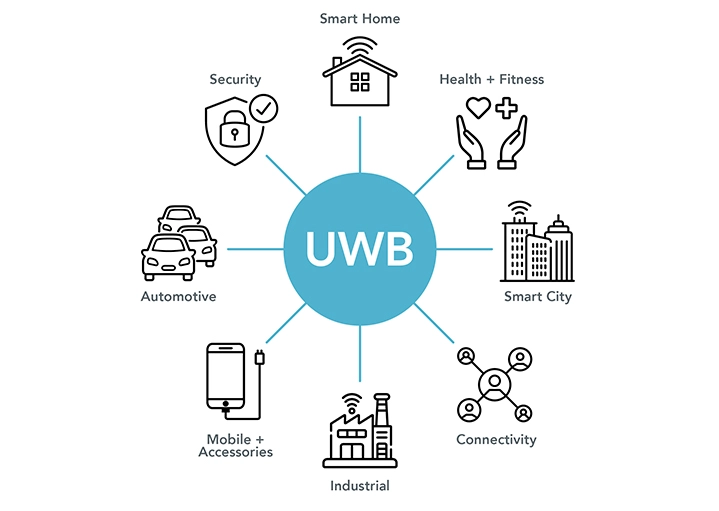 UWB in Estone Technology’s Rugged Tablets and Panel PCs
UWB in Estone Technology’s Rugged Tablets and Panel PCsEstone Technology integrates UWB technology into rugged industrial tablets and medical-grade panel PCs, offering:
Seamless asset tracking for logistics and industrial automation.
Enhanced security for medical authentication and industrial access control.
Precision location services for field professionals and healthcare applications.
Our customizable UWB-enabled solutions ensure that businesses can optimize workflow efficiency, improve security, and enable seamless communication across their operations.






